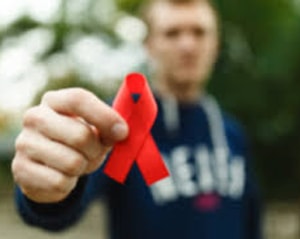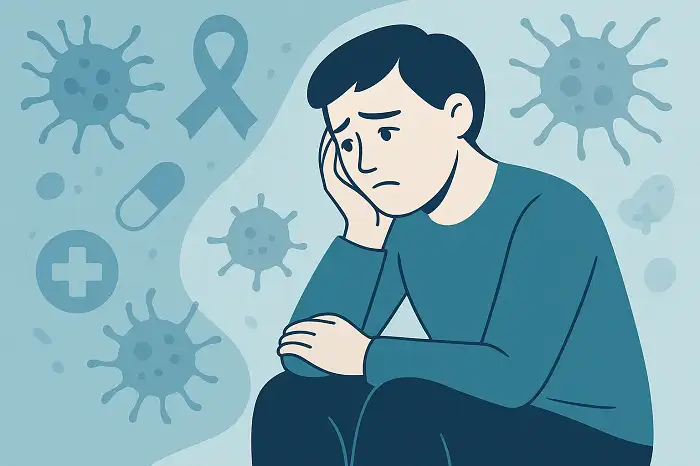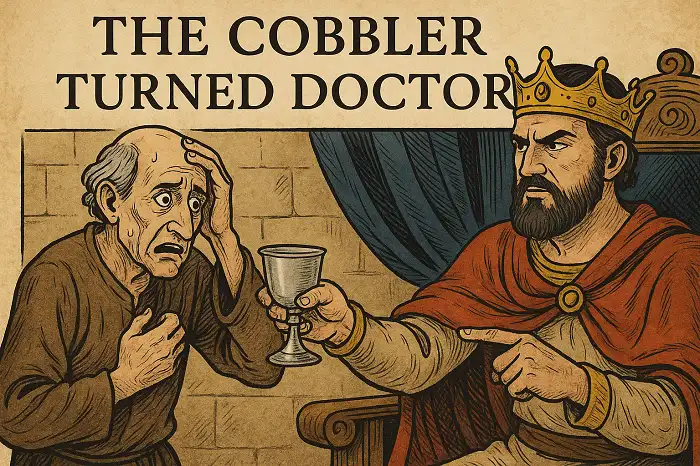Practice Reading & Listening on AIDS Practice Reading & Listening on AIDS for IELTS & TOEFL with podcast and flashcards transcribed by Mahsa Mohammadi https://www.youtube.com/watch?v=bjdqw9rXXd8&t=41s About 37 million people around the world are currently living with AIDS, making the disease one of the worst pandemics in modern history. What is AIDS? AIDS, or Acquired Immunodeficiency Syndrome, is a disease in which the human immune system is severely impaired. It’s caused by the Human Immunodeficiency Virus, or HIV, and is the last stage of the virus’s infection. HIV infection HIV attacks by entering the bloodstream and attaches to Helper T, or ...
Home » English Documentaries with Transcript » Practice Reading & Listening on AIDS for IELTS

Practice Reading & Listening on AIDS for IELTS
Updated: by Mahsa Mohammadi
Time to Read: 3 minutes | 367 Views | 6 Comments on Practice Reading & Listening on AIDS for IELTS



I really hope that sometime in a near future, we will find a cure for this severe disease.
Fortunately, there’s been much advancement in optimizing and prolonging the lives of people struggling with this terminal disease.
—
Feedback
in a near future = in the near future
I really liked the documentary but one of my question is that how actually do you get AIDS? And I don’t believe that 37 millions people are living with AIDS. I heard that this virus is really hard to beat.
Actually, many people are the carriers of this virus, while they are not even aware of this health problem. This is because it might take a long time for the symptoms to show up and become evident.
About 37 million people around the world are currently living with AIDS, making the disease one of the worst pandemics in modern history.
AIDS, or Acquired Immunodeficiency Syndrome, is a disease in which the human immune system is severely impaired. It’s caused by the human immunodeficiency virus, or HIV, and is the last stage of the virus’s infection.
HIV attacks by entering the bloodstream and attaches to Helper T, or CD4 cells. A type of white blood cell, CD4 cells are responsible for fighting infections. First, HIV attaches itself to a CD4 cell and fuses with it. Then HIV releases its genetic material into the CD4 cell, which combines with the cell’s DNA. This allows the virus to produce more HIV proteins inside the cell. The proteins are then packaged and released to attack other CD4 cells.
Without HIV medicines, an individual’s infection may spread, and, within 10 to 12 years, advance to become AIDS. This decreased immunity makes the patients with AIDS vulnerable to a number of diseases, including infections, dementia, and cancer.
Scientists believe that HIV originated in West Central Africa, where a similar virus was found in chimpanzees and gorillas. Around the turn of the 20th century, the virus was transmitted to humans, due to the handling of chimpanzee meat. The virus then spread from the African continent, during the mid-1960s, through a single carrier, eventually making its way around the world.
In 1982, scientists labeled the illness as AIDS, and the following year, identified the virus as HIV. Ever since, about 77.3 million people around the world have contracted HIV, with the majority of affected individuals living in countries with very few resources.
Scientists are working to one day develop a cure for AIDS. In the meantime, advancements in biotechnology, plus increased awareness, prevention, and access to health care are saving many lives and they hold the key to finally exterminating the disease.
Thank you so much for transcribing this English documentary on on AIDS.